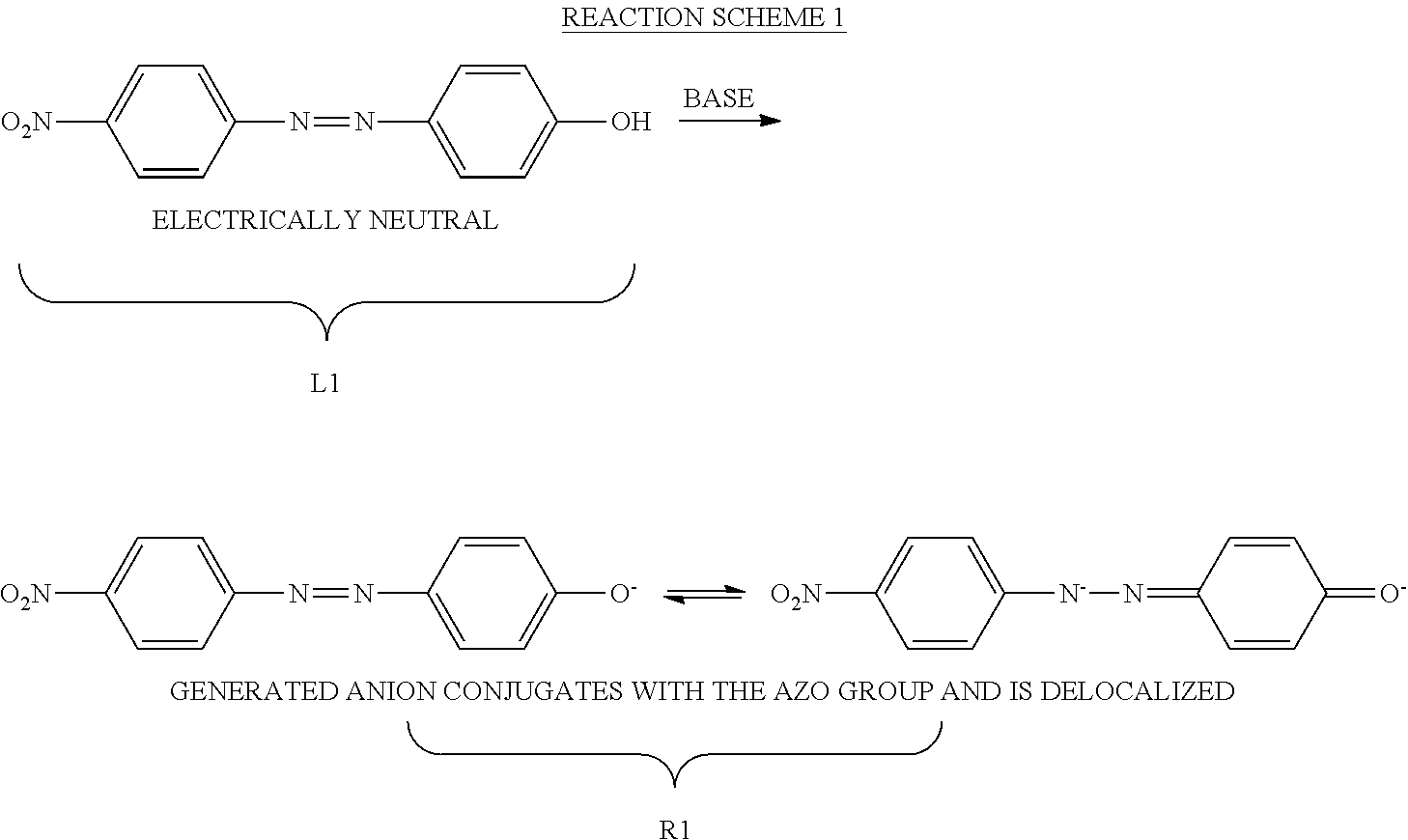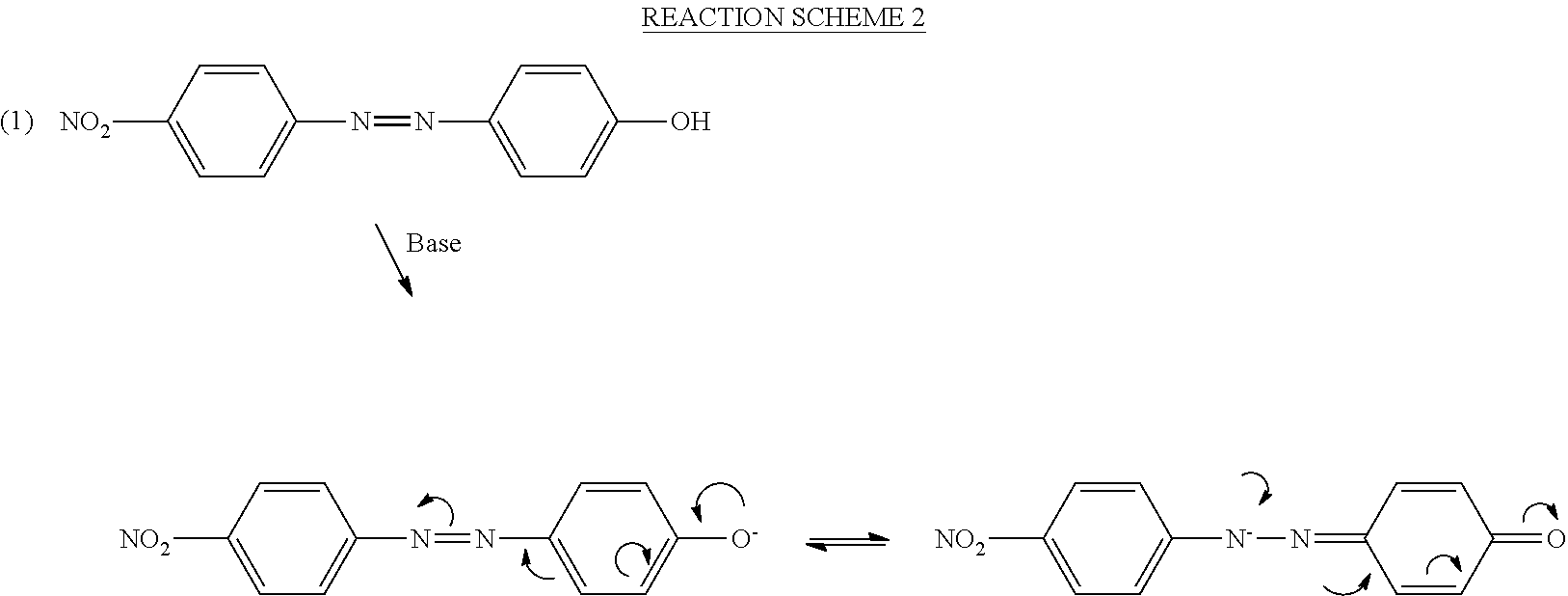Aqueous coloring composition for textile printing, textile printing method, and fabric
a dyeing composition and textile printing technology, applied in the direction of porphine/azaporphine, methine/polymethine dyes, dyeing process, etc., can solve the problems of high viscosity of high-concentration dye ink, time and labor to prepare plates, and high cost of plates, etc., to achieve excellent water resistance, high color optical density, and excellent color optical density
- Summary
- Abstract
- Description
- Claims
- Application Information
AI Technical Summary
Benefits of technology
Problems solved by technology
Method used
Image
Examples
examples
[0212]Hereinafter, the invention is specifically described with reference to the examples, but it should be construed that the invention is in no way limited to the following examples as long as not departing from the scope of the invention. Unless otherwise stated, the “parts” and “%” are based on mass.
examples 1 to 16
, and Comparative Examples 1 to 2
Preparation of Ink Composition
[0213]The components were mixed according to the formulation described below, and the mixture thus obtained was filtrated using a membrane filter having a pore diameter of 10 μm, thereby preparing inks 1 to 16 and inks 101 to 102. For the glycerin and diethylene glycol, those manufactured by Wako Pure Chemical Industries, Ltd. were used.[0214]Dye shown in Table 1 (specific colorant or colorant for comparison) 5%[0215]Glycerin [manufactured by Wako Pure Chemical Industries, Ltd.] (aqueous organic solvent) 10%[0216]Diethylene glycol [manufactured by Wako Pure Chemical Industries, Ltd.] (aqueous organic solvent) 10%[0217]OLFINE E1010 [trade name, manufactured by Nissin Chemical Industry Co., Ltd.] (acetylene glycol type surfactant) 1%[0218]Water 74%
TABLE 1InkDye1Dye of Specific Example 12Dye of Specific Example 43Dye of Specific Example 64Dye of Specific Example 195Dye of Specific Example 266Dye of Specific Example 367Dye o...
PUM
| Property | Measurement | Unit |
|---|---|---|
| absorption wavelength | aaaaa | aaaaa |
| pKa | aaaaa | aaaaa |
| pKa | aaaaa | aaaaa |
Abstract
Description
Claims
Application Information
 Login to View More
Login to View More - R&D
- Intellectual Property
- Life Sciences
- Materials
- Tech Scout
- Unparalleled Data Quality
- Higher Quality Content
- 60% Fewer Hallucinations
Browse by: Latest US Patents, China's latest patents, Technical Efficacy Thesaurus, Application Domain, Technology Topic, Popular Technical Reports.
© 2025 PatSnap. All rights reserved.Legal|Privacy policy|Modern Slavery Act Transparency Statement|Sitemap|About US| Contact US: help@patsnap.com



